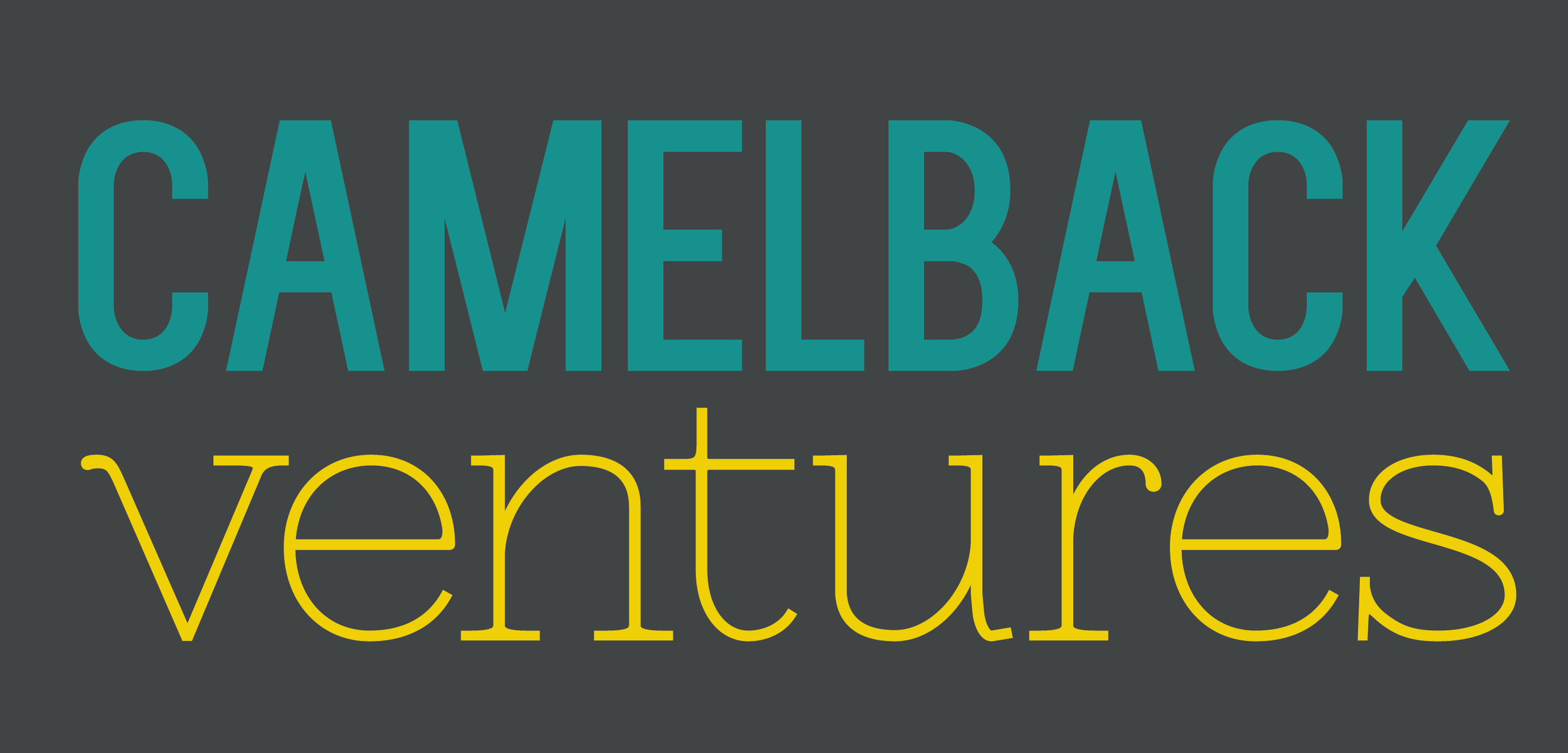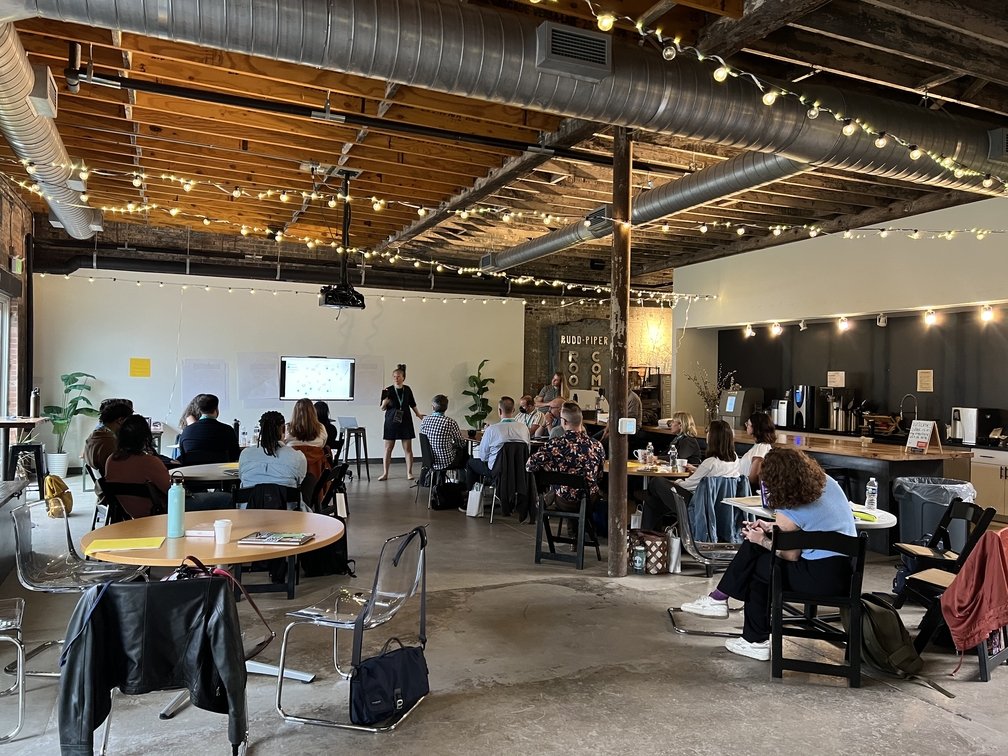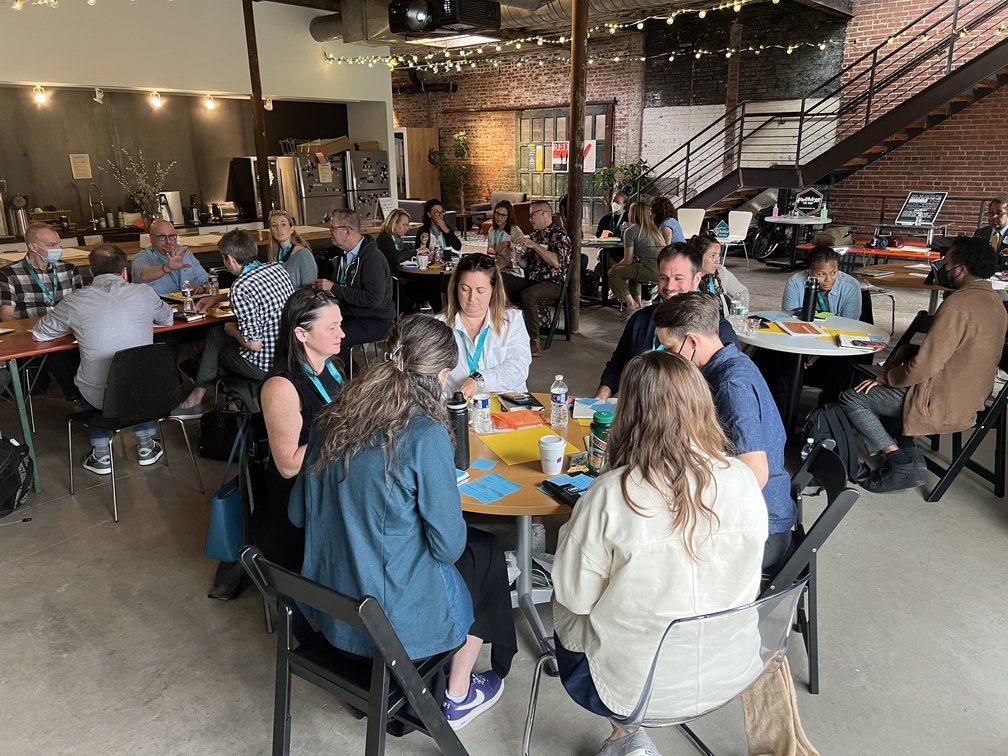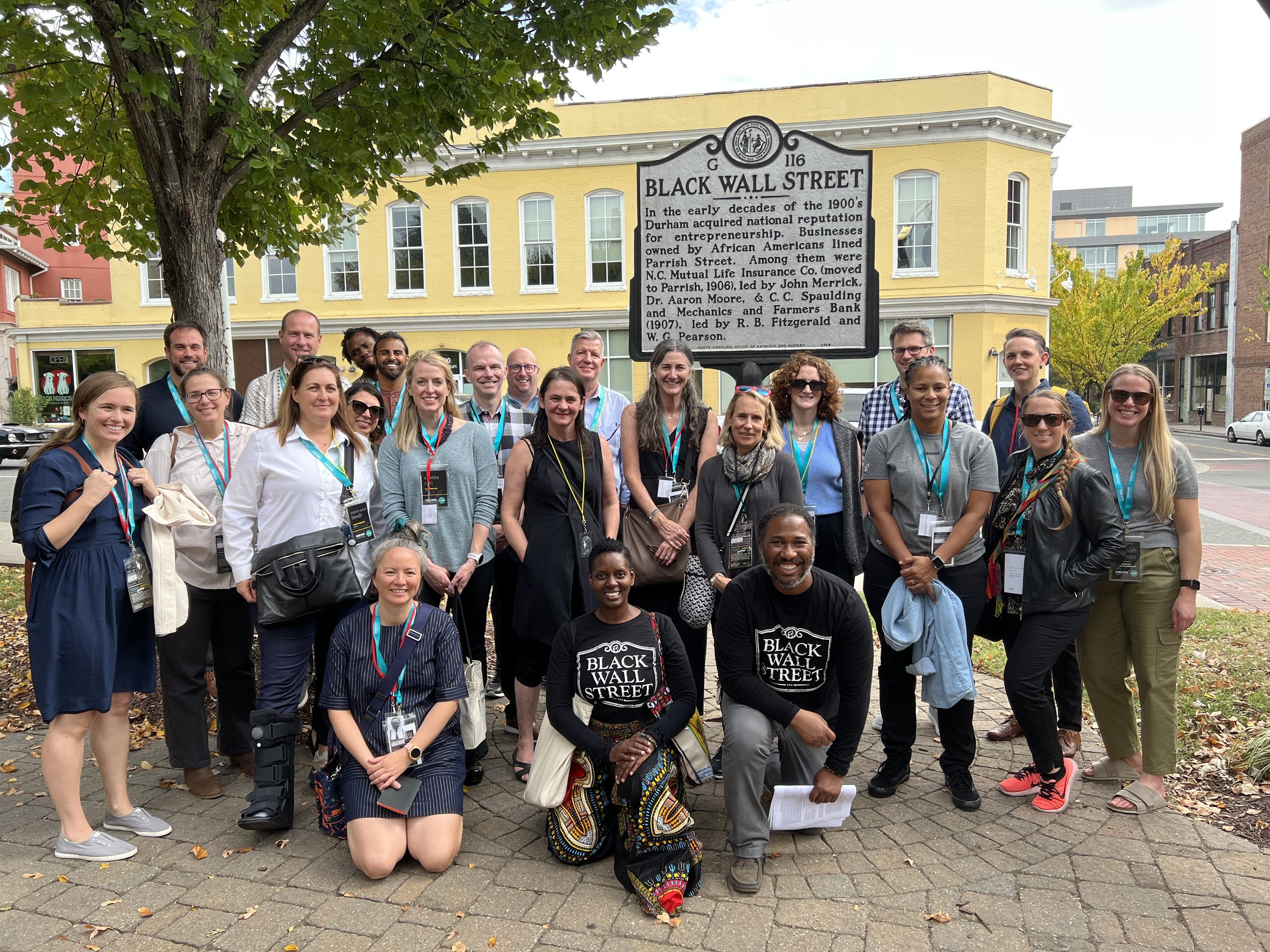Meet the Capital Collaborators: Laura Locker + The Lemelson Foundation
What were you hoping to get from the Capital Collaborative Cohort experience?
There were a lot of things I was hoping to get from this experience! I was excited about the possibility of developing solidarity with people who were in organizations engaging in a similar DEIJ (Diversity, Equity, Inclusion, Justice) journey to ours. I had a feeling that others might be going through similar questions, concerns, hopes, and dreams, and really wanted to connect with folks outside of our own organization to get a broader perspective –and bring that perspective back to The Lemelson Foundation to share.
Second, I was looking forward to the learning we were going to do about DEIJ issues in philanthropy in particular. I have been doing some learning about racial justice in the United States, but I felt like it was important to understand how philanthropy and grant making in particular could become more anti-racist.
What didn't you know before the Capital Collaborative Cohort that you know now?
So many things. One sentence that stood out to me and I come back to again and again was, "put your money in the people with the proximity to form a solution." In philanthropy we talk about this; it is always tempting to fund those who are less proximate but who already have a lot of "organizational capacity" and a satisfying timeline to achieve goals.
Another important learning for me was to be aware of the tenets of benevolent control* by funders:
Resources are constrained by the rules of the giver.
The power of giving creates a belief of knowing and being the solution.
Trust is assumed because a transaction has taken place, not built.
Gratitude is required of recipients.
As long as the focus of giving is to protect the giver's feeling of goodness, the system will stay in place.
Relatedly, I learned about typical reactions when grantees challenge or question these tenets of benevolent control: goodness is threatened, there is disequilibrium, denial, distraction and disengagement. By understanding the tenets and typical reaction, I have the tools to reflect on how I have contributed to this system in my own work and try to disrupt it when I have the power to do so.
Capital Collaborative Summit 1 in Durham, NC
What moment in the cohort will you remember years from now?
In one of our virtual sessions, our session facilitator asked us to imagine what a world without racial injustice would look like, smell like, feel like, etc. He led us through a beautiful meditative journey and we wrote down our thoughts. I have to admit that it was SO hard for me. I think there is something about me and my upbringing that makes it a challenge for me to allow myself to spend any time imagining some sort of idealistic future state. Perhaps it is some protection from disappointment for me to instead just knuckle down on the task at hand, doing my part to inch towards an incrementally "better" state of living together in this world.
Accordingly, the vision I wrote was stunted and somewhat bland. But, something I will always remember is what other people in our group shared, which were visions for the most lovely world. As they read their visions, our group had a shared moment of delight and joy that was so invigorating. It reminded me that, yes, the work of ending racial injustice is hard and complicated, but it is also okay to allow for creativity, laughter, futuristic visioning, and idealism.
What do you wish colleagues at your organization had learned or experienced with you?
I really wish they could have experienced what I did at our first in-person Capital Collaborative Summit in Durham, North Carolina. Among many other things, it was humbling to get a chance to learn from Camelback Fellows about their work, their experiences facing racial bias and White Supremacy Culture in funding, and about their hopes for the future. It is so rare for me to be in a space where people of color seem to feel like they can safely speak their authentic truth to a predominantly White audience – or want to put in the emotional labor to do so. It was an honor and I learned so much.
———
*The concept of “benevolent control” was introduced to our Collaborators at a session led by the DEI Works Collective. You can learn more about their work and how to partner with them here.
The Capital Collaborative by Camelback Ventures works with White funders and social impact investors who want to deepen their individual and organizational commitment to racial and gender equity in philanthropy — but may not know how. You can learn more about how to get involved by submitting an interest form for the Capital Collaborative’s next cohort or signing up for the newsletter.




